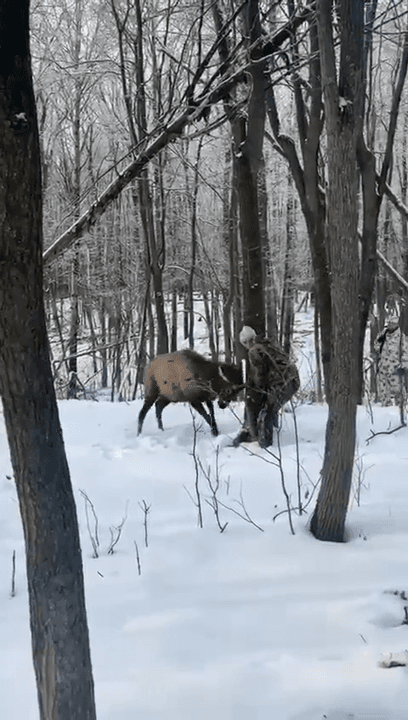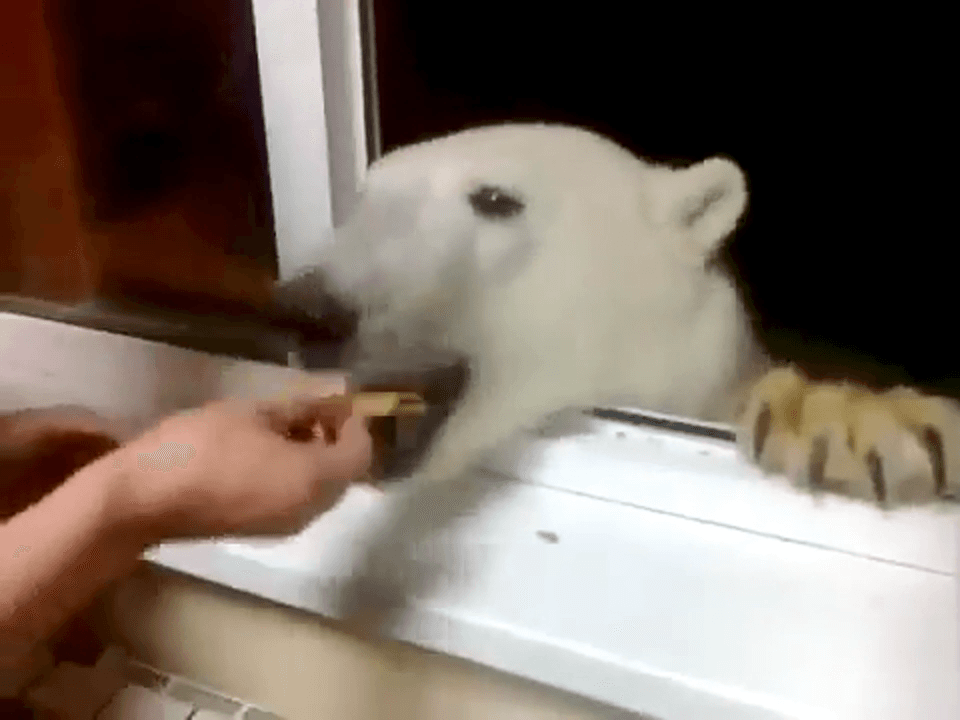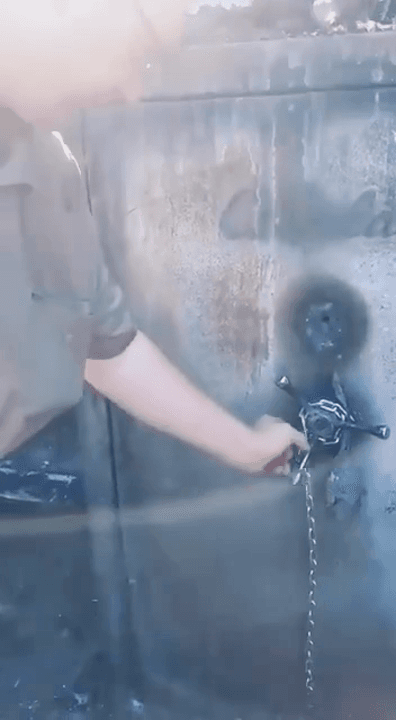
Saisons de chasse en FORÊT MIXTE (Canada): réglementation complète et stratégies expertes La forêt mixte canadienne, avec ses étendues de conifères et de feuillus, est l’un des terrains de chasse les plus riches et diversifiés du pays. Cependant, pour en profiter pleinement, il est essentiel de bien comprendre les saisons de chasse, les réglementations en vigueur et les meilleures périodes pour traquer le gibier. Contrairement à d’autres régions, les forêts mixtes du Québec, de l’Ontario et du Nouveau-Brunswick présentent des particularités liées au climat, à la migration des espèces et aux politiques locales de gestion de la faune. Règles et périodes de chasse en forêt mixte Les dates d’ouverture et de fermeture de la chasse varient selon les provinces, mais elles suivent toutes un principe fondamental: assurer la durabilité des populations animales. Par exemple, au Québec, la saison de l’orignal s’étend généralement de septembre à novembre, avec des variations selon les zones de chasse. En Ontario, les périodes sont ajustées en fonction de la densité de cerfs de Virginie, avec des ouvertures plus précoces dans le sud où les populations sont plus nombreuses. Ces différences s’expliquent par plusieurs facteurs. D’abord, le climat joue un rôle clé: les hivers rigoureux du nord retardent parfois les saisons, tandis que les étés humides du sud influencent les périodes de reproduction. Ensuite, les autorités adaptent les calendriers en fonction des données scientifiques sur les populations. Ces dernières années, certaines espèces, comme le caribou forestier, ont vu leur chasse restreinte, voire interdite, dans plusieurs secteurs en raison du déclin de leurs effectifs. Les meilleures périodes Pour les amateurs de gros gibier, l’automne est la saison phare. Le rut de l’orignal, entre mi-septembre et octobre, est un moment idéal pour traquer les mâles, plus actifs et moins méfiants. Le cerf de Virginie, quant à lui, est surtout chassé en novembre, pendant la saison des amours, où les bucks sont plus facilement repérables. L’ours noir offre deux fenêtres intéressantes: au printemps (avril-mai), lorsqu’il sort d’hibernation, et à l’automne (septembre-octobre), alors qu’il se nourrit abondamment avant l’hiver. Côté petit gibier, les lièvres et les gélinottes peuvent être chassés dès septembre, avec une saison qui se prolonge souvent jusqu’en mars dans certaines régions. Les oiseaux migrateurs, comme les canards et les oies, sont surtout actifs lors des grands déplacements automnaux, entre septembre et novembre. Certaines traditions locales ajoutent une dimension culturelle à la chasse. Au Québec, par exemple, le Festival de l’orignal rassemble chaque année des passionnés qui échangent conseils et techniques, tandis que des concours de tir et des démonstrations de découpe animent ces rassemblements. Interdictions et bonnes pratiques en forêt mixte Toutefois, la chasse n’est pas sans limites. Plusieurs espèces, comme le loup ou certains rapaces, sont strictement protégées. Pour d’autres, comme l’orignal ou le cerf, des restrictions sur le sexe et l’âge s’appliquent : dans certaines zones, seuls les mâles adultes peuvent être prélevés. Les périodes de reproduction et de mise bas imposent également des fermetures temporaires pour éviter de perturber les populations. Comment obtenir un permis Pour chasser légalement, un permis provincial est obligatoire, accompagné d’un certificat de chasseur obtenu après une formation. Certaines espèces, comme l’orignal, nécessitent des tags supplémentaires, attribués par tirage au sort dans plusieurs provinces. Les fédérations de chasseurs et les clubs locaux sont de précieuses ressources pour se tenir informé des dernières réglementations. Risques en cas de non-respect des règles Les infractions, comme la chasse hors saison ou le braconnage, sont sévèrement sanctionnées. Les amendes peuvent atteindre plusieurs milliers de dollars, sans compter la confiscation du matériel et la suspension du permis. Dans les cas graves, des poursuites pénales sont engagées, notamment pour la chasse d’espèces protégées. Conseils pour une chasse réussie en forêt mixte Le choix du matériel et des tactiques dépend de la saison. En automne, les appels de rut sont efficaces pour attirer l’orignal, tandis qu’en hiver, le pistage dans la neige fraîche permet de localiser plus facilement les animaux. Les zones de transition entre forêt et marécages sont particulièrement propices à l’affût. La chasse en forêt mixte canadienne exige une bonne préparation et une connaissance approfondie des réglementations. En respectant les périodes légales et les quotas, les chasseurs participent à la préservation de la biodiversité tout en perpétuant une tradition ancrée dans la culture locale. Avant de partir, une vérification des règles en vigueur est indispensable – les autorités mettent régulièrement à jour leurs directives en fonction de l’état de la faune.
Post: 4 September 06:31















































